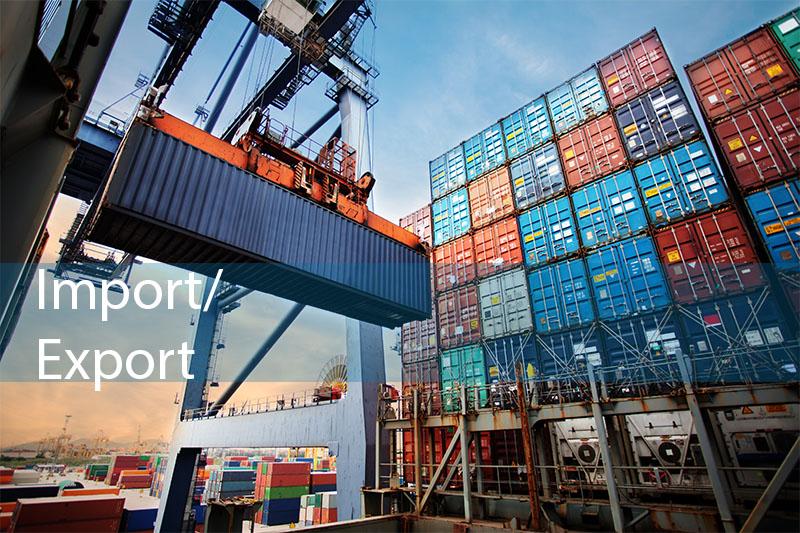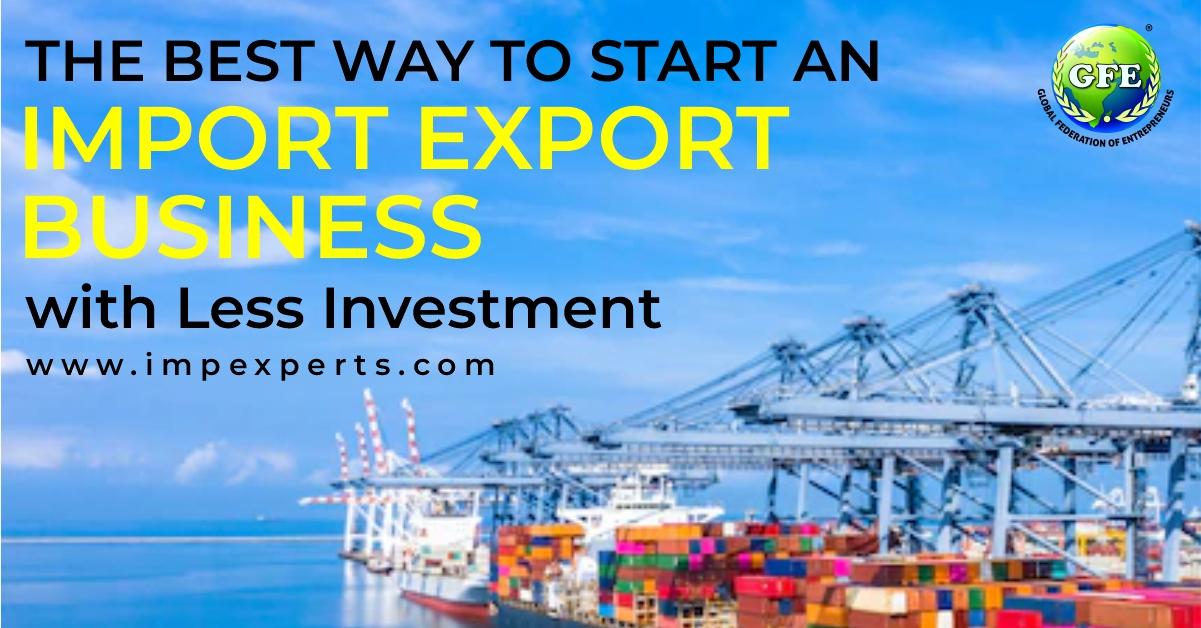Investing in the import and export business presents a compelling opportunity for entrepreneurs seeking to tap into the vast potential of the global marketplace. In this blog, we will explore the key considerations and strategies for making informed and successful investments in the dynamic world of international trade.
1. Understanding the Import-Export Dynamics:
- Before diving into investments, gain a thorough understanding of the import-export business. Familiarize yourself with trade regulations, customs procedures, and the intricacies of global supply chains.
2. Market Research and Product Selection:
- Conduct comprehensive market research to identify high-demand products and assess the competitive landscape.
- Choose products with export potential based on market trends, consumer preferences, and regulatory considerations.
3. Risk Assessment:
- Evaluate the inherent risks associated with international trade, such as currency fluctuations, geopolitical events, and changes in trade policies.
- Develop risk mitigation strategies and contingency plans to safeguard your investments.

4. Legal and Regulatory Compliance:
- Understand the legal and regulatory requirements for both the country of export and the destination market.
- Ensure compliance with import and export laws, quality standards, and licensing requirements.
5. Build a Reliable Supply Chain:
- Establish strong relationships with reliable suppliers for sourcing products.
- Optimize logistics and distribution channels to ensure efficient movement of goods.
6. Financial Planning:
- Develop a detailed financial plan that includes investment costs, operating expenses, and potential returns.
- Consider factors such as freight costs, customs duties, and taxes in your financial projections.
7. Explore Government Assistance Programs:
- Investigate government initiatives and assistance programs that support exporters, such as export credit guarantees, subsidies, and trade promotion schemes.
8. Invest in Technology and Automation:
- Leverage technology to streamline your import-export operations. Invest in inventory management systems, logistics software, and other automation tools to enhance efficiency.
9. Diversify Markets and Products:
- Mitigate risks by diversifying your market reach and product offerings.
- Identify emerging markets and explore opportunities for expanding your product portfolio.
10. Cultivate Relationships:
- Build strong relationships with international partners, distributors, and customers.
- Networking is crucial in the import-export business, and fostering connections can open doors to new opportunities.
11. Stay Informed on Trade Trends:
- Keep a keen eye on global trade trends, economic indicators, and industry developments.
- Adapt your strategies based on market shifts and emerging opportunities.
12. Continuous Learning:
- Invest in your knowledge and skills related to international trade. Stay informed about changes in trade policies, emerging technologies, and market dynamics.
Investing in the import-export business demands a blend of strategic planning, risk management, and adaptability. As you embark on this exciting journey, embrace the challenges and opportunities that come with navigating the global marketplace. By making informed decisions, staying vigilant to market trends, and building robust partnerships, your investment in international trade can yield significant returns and position your business for sustainable growth in a borderless world. Happy investing!

 SkillClick
SkillClick
